HP CTO Shane Wall On Topping Apple At PC Design, The 3-D Printing Revolution And The Future Of Computing

The Future Of HP
At HP Inc., Chief Technology Officer Shane Wall is charged with overseeing the company's technological vision for the future. And the vision right now is for the Palo Alto, Calif.-based company to continue releasing a steady stream of innovations in the years to come. "I think we will maintain the quick pace that we've been on, and we're very confident on our road map," Wall said in an interview with CRN, shortly before the start of HP Reinvent World Partner Forum in Chicago. During the interview, Wall addressed issues ranging from HP's PC design approach, competition with Apple, office innovation, and the way 3-D printing could transform the manufacturing industry. What follows is a portion of our interview.

What's the biggest breakthrough on display at Reinvent?
I will tell you a few areas that you're going to hear quite a bit about. One of them is security -- a big focus for us. In [HP Labs], we have an entire lab dedicated to security. We've already delivered a set of products both on the PC personal systems side, as well as on print, where we've embedded security at the hardware and firmware level. [That's] what we call Sure Start. We proudly call them the most secure printers and PCs in the world. And we continue to iterate.

What are some other areas of focus at the show?
A second area is digital manufacturing. The simple explanation is imagine a world in which manufacturing is no longer, as it's done today, designed in one place and then sent somewhere to be manufactured. Which tends to be a subtractive, cut-away, wasteful process. And then physical goods are shipped on the surface of an ocean or an airplane to the places that they need it -- and then consumed. And obviously that's consuming a lot of energy and resources, clogging our roads, and the like. Imagine when that goes away, and we go to a world in which the entire manufacturing chain is digital. We design digital, and we do it additive. We 'ship' product by sending the digital representation of the product to the location where it's needed. And then at that location it can personalized, changed, customized. And then [the product is] printed in a digital fashion, on demand, in location. That might sound a little crazy, but that's where we think things are going. We see pieces of it today, and over the next five, 10, 15 years we'll see the world moving increasingly that way. And we have unique technology, that we call the Multi-Jet Fusion. It is the only digital, additive 3-D printing capability in the world. And that's what we think really enables that vision on the digital manufacturing side.
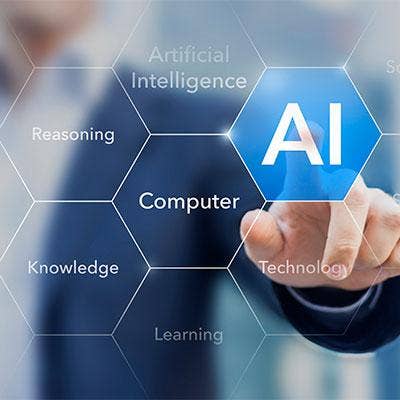
T alk about how you're embedding artificial intelligence and machine learning into your products.
Certainly in the PC domain we do that, and we do it in the printing domain. And increasingly in the 3-D space. I'll give you a couple of examples. In the PC and personal system domain, you essentially are collecting -- with appropriate privacy and permissions -- information about the product itself and the performance of the product. And you're using it to model the overall performance in the product, so you can predict failures before it happens. And then you can do things in advance in order to mitigate the pain of a potential failure. And we do that in the print domain as well, where we can keep track of usage. And we use that then to offer differentiated services, like Instant Ink. So that we know how much you print, and we can use that to determine when you run out of ink. And then you can sign up for a service where you don't ever run out of ink.
Now going forward it will get a lot more complicated. It will get a lot more sophisticated. And you can see it'll start getting deployed in other areas -- 3D print as well, where we'll use machine learning to do things like thermally pack a print bed with the optimal packing in the bed itself.
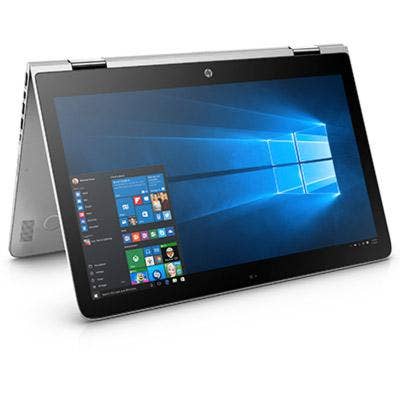
Could you talk about what sort of changes we might be able to expect on PC designs in the future with HP?
You've seen a lot of how we're trying to evolve. We've moved away from what I think were not particularly exciting, rather boxy designs, into far more sexy ones. Which are much thinner, with much thinner bezels, that have more active cooling capabilities in them. Just look at [how] the Spectre 13 is the thinnest laptop in the world today. And that's counting all vendors, including a 'fruit company.' I think you're going to see more and more of that going forward from HP.
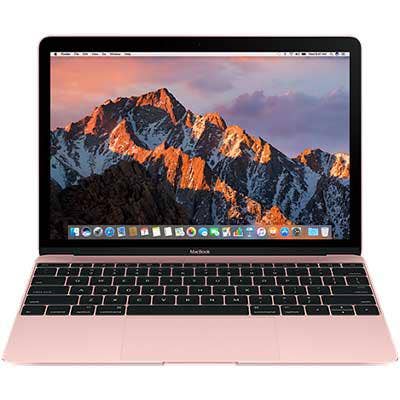
How would you say you are positioned versus Apple? Where exactly are your products stronger than theirs?
Let me talk marketwise because the results from the market probably speak volumes as to where we are. For the last two years, you've seen us come out with a much bigger focus on premium products that try and integrate a lot more functionality in a thinner package, at some higher price points. And if you just look at the market data on that, we've clearly captured significant market share, and most of that has been at the expense of Apple. So I think just in terms of the market itself, I think our products are speaking pretty loudly. In terms of the products themselves, you can go compare the specs. What I think you see is higher-resolution screens, longer battery life, thinner, touch screens that are on them. If you just look at the specs one at a time, you'd see a significant difference in the product.

In the future, where computing is a part of everything and less visible, does that mean that PCs go away entirely? What's your vision for the future of PCs?
I think it's pretty healthy. And certainly the last year, the results we've had in terms of products and financials have been pretty positive. We remain optimistic on that going forward. We do think that things will continue to evolve from a form-factor [perspective]. And you see that in our designs, where things have gotten thinner. There's been a higher degree of integration, there's been integration of telephony in here. We've done various models that have detachables. We're running our meeting in here on a detachable that's integrated into a conference room. So it's a detachable HP PC integrated into the conference room. And we look at that as the conference room of the future. The PC is at the heart of exactly that. You see the convertibles, you see the all-in-ones, you see the stackables. We have the Slice computer that allows you to configure it, so you can integrate it into the conference room. I think it's just the continued evolution of that PC into different form factors.
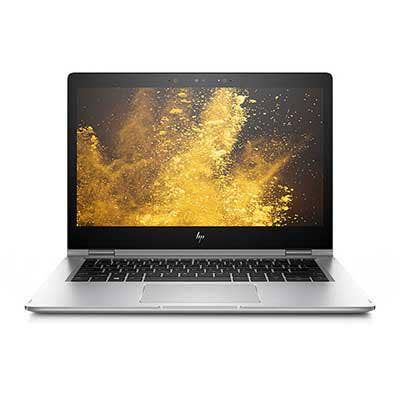
How will the office of the future look different?
I think you see some of it in the footprint today, of where we're going. I think you see integration of communications with compute, that come into the platform. We released a set of PCs that have integrated the telephony itself into the system. And then by using different form factors you have the ability to go into the conference rooms themselves. So that now what you have is the compute and the communications integrated into the room. Over time, you start getting smart surfaces. We have one that sits behind me where I am here, where you can write on a wall, and I can record the strokes on the wall. And that's integrated in with the PC. Or I can do simple gesturing to other screens in the room itself. So that the conference room of the future is not just a PC sitting in a room, or people using PCs and interacting. It becomes much more aware, and it uses the resources around it in the room itself.
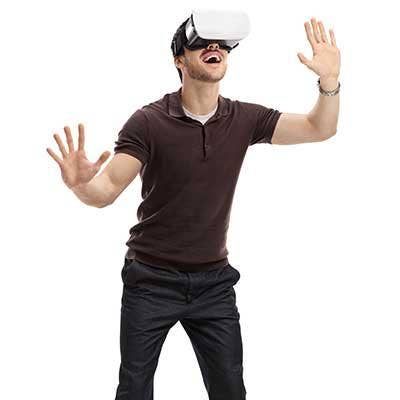
Are there other types of form factors for PCs that you haven't talked much about before that you could give us a preview of?
There are definitely a few different ones we're looking at. I'm not sure they're ones we're prepared to share yet. We've done some rather interesting ones -- Slice is the one I mentioned. The VR backpack is another one --we were one of the first to do that. And then we've been doing it in the commercial space as well. We actually think VR in the commercial [sector] becomes an interesting play. I don't want to spoil what we're [working on], we'll come to that a little later. But suffice it to say, you will continue to see some innovative things there.

Is there anything getting in the way of all this, in terms of the Windows operating system or the processors that are available? Are there any roadblocks to your vision for these future devices and form factors?
I don't think we have anything right now. I think for the types of things we're doing, I think we control our fate pretty well. We have a great set of partners in the silicon and software domain, and they work closely with us on the products. We've really had the chance to differentiate on our own.

Can we expect the pace at HP to keep going as fast as it has been going?
I think we feel pretty good. The separation of the company has allowed us to put a lot more focus on our road map, our products, and to invest in them. It shows up in the results. We don't expect that to change. We think it's created such a huge advantage for us, and we intend to continue using that to our advantage going forward. I think we will maintain the quick pace that we've been on, and we're very confident on our road map.